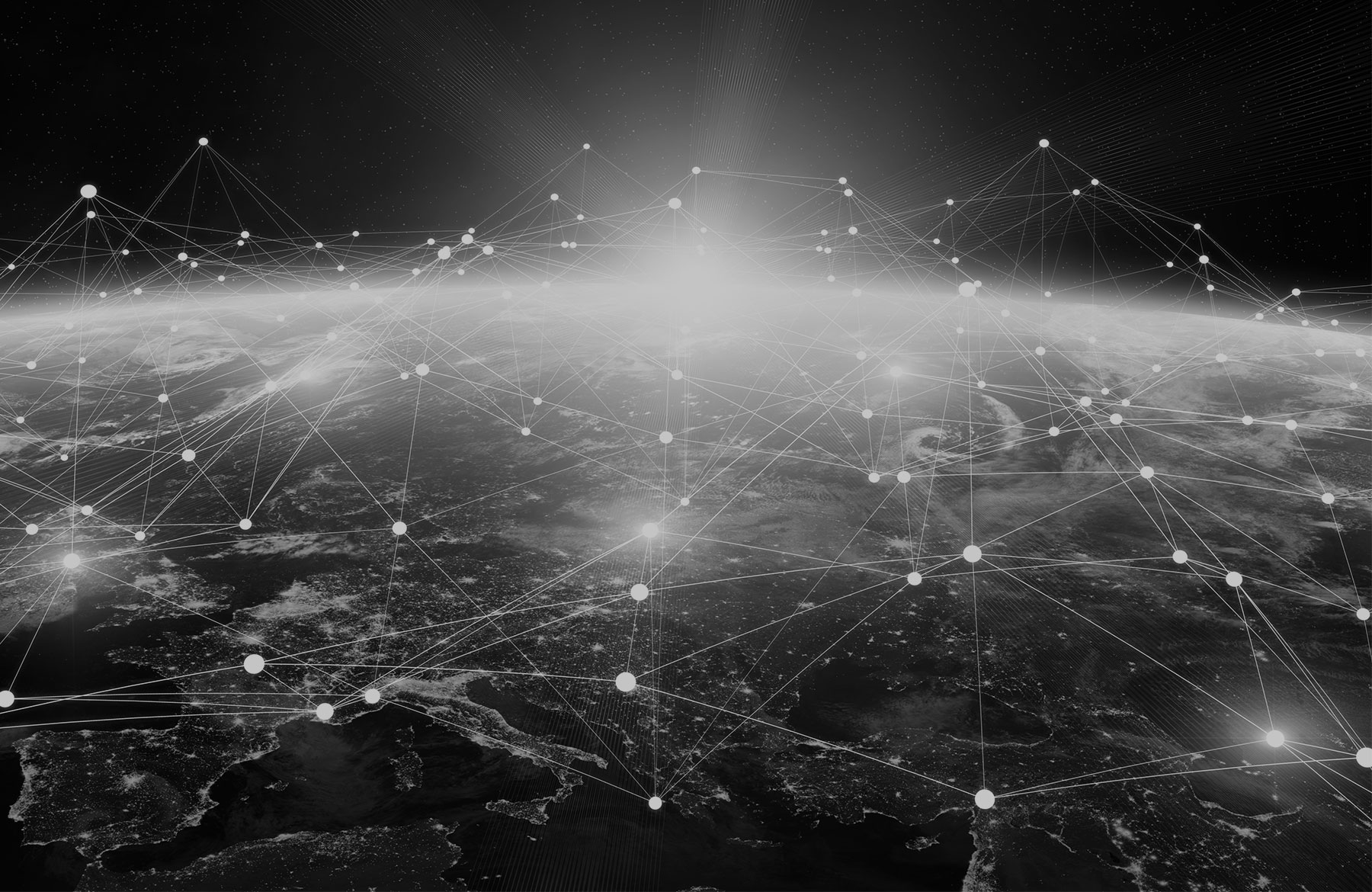For some companies, opportunities are emerging to offer new products and services directly to consumers. For others, such as Autodesk, a US-based maker of design software, the opportunity is to support clients as they create new connected devices that power the Internet of Things (IoT).
“We are working to help existing customers transition to the new world of the Internet of Things,” says Chris Bradshaw, Autodesk’s CMO.
What will drive demand for the company’s design and simulation software is the convergence of the design of mechanical objects, electronics and software that is required for IoT products, according to Diego Tamburini, Autodesk’s manufacturing industry strategist. “If we’re able to support that successfully, by extension we’ll be supporting the design of the Internet of Things,” he says.
The company already offers tools – such as a cloud-based product lifecycle management software tool – that help its clients increase product development efficiency by bringing together systems and allowing diverse teams to work together on complex products.
However, to meet the new demand created by the IoT, the company is developing new tools and trying to think about them in new ways. “We envision a tool where you are modelling and capturing the interconnections between the mechanics, the software and the electronics, and you hit a button and say ‘simulate’ – that’s where we’re going,” says Mr Tamburini.
Companies Autodesk is working with include Skully, a San Francisco-based start-up, which has produced a motorcycle helmet that makes navigation easier and enhances awareness for its users by linking advanced optics to an intelligent network of cameras, sensors and microprocessors.
Meanwhile, Automatic Labs, another San Francisco-based start-up, has worked with Autodesk in developing an accessory that delivers a range of connected services to drivers on a single platform. The apps help diagnose engine problems, detect accidents and send emergency response signals.
Both companies are essentially taking traditional physical and mechanical objects – a helmet and a car – and turning them into products that are connected. This opens up a range of new service offerings complementing a physical product; while these two examples are both automotive, there are wider implications for traditional goods producers.
Mr Tamburini sees the IoT prompting a new era in manufacturing in which the instances of designs that are exclusively mechanical are increasingly rare. “If we help customers design and simulate better the interplay between analogue and digital, mechanical, software and electronic, we’ll be helping to design the things for the IoT,” he says.
Mr Bradshaw divides Autodesk’s clients into two groups – new enterprises created with the IoT in mind and older companies that existed long before the advent of IoT technologies and that are working to integrate them into their products and services. “A lot of our existing customers need help redesigning things, thinking about how to grab analytics or put processors in their products,” he says.
“Ford wasn’t thinking about how its cars would call home – Tesla Motors thought about it from day one,” he says. While the bulk of its business is with older companies, Autodesk is watching the new companies because, according to Mr Bradshaw, “ they don’t have legacy issues.”
However, whether start-ups or established corporations, companies are exploring new ways in which old products are going to be used and developing devices that incorporate electronics and software.
This will drive demand for design tools, says Mr Tamburini. “Things are going to be redesigned and redefined by virtue of having connectivity to a network. And the number and diversity of scenarios enabled by this connectivity are ballooning – that’s good for designers and engineers.” And it offers an array of new opportunities for both businesses and consumers.




